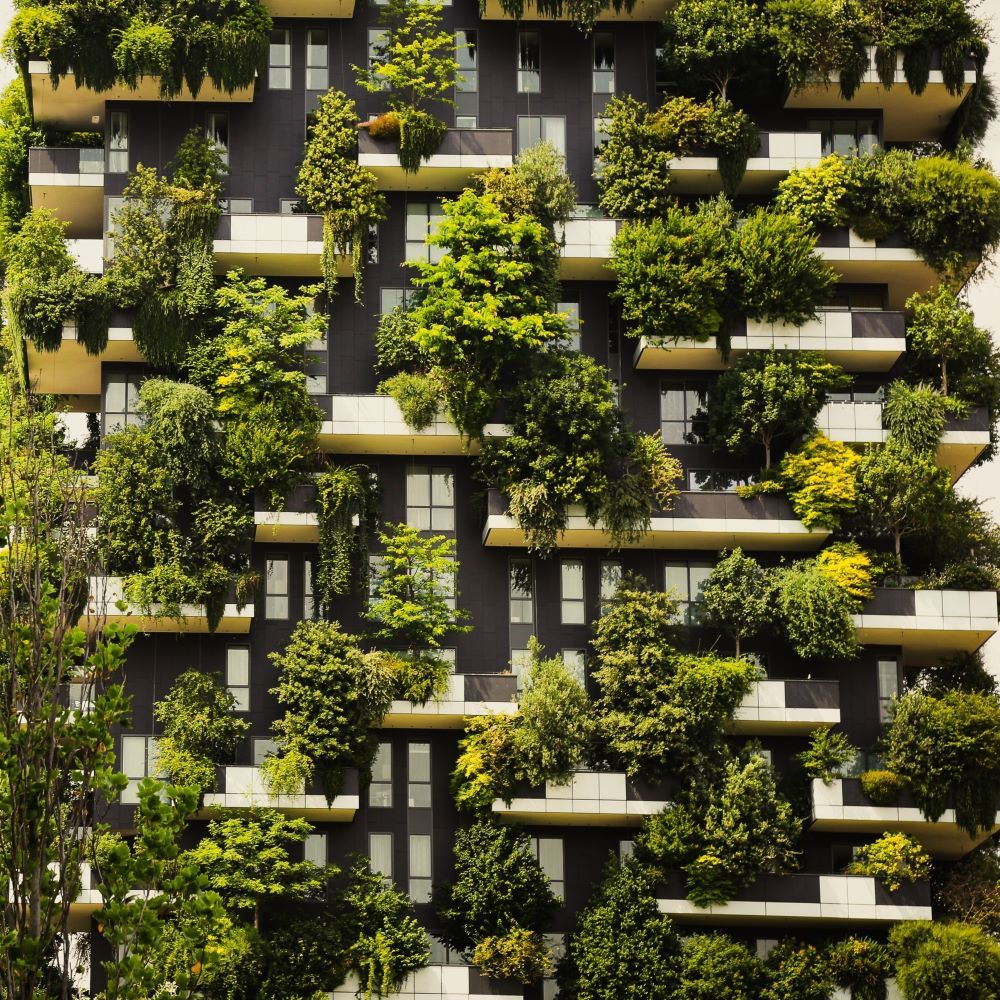Annibale Siconolfi - Project 22
Bio
Annibale Siconolfi is an Italian digital artist, architect, and 3D designer known for his captivating, futuristic, and dystopian visualizations. Born in Italy, Siconolfi has made a name for himself with his unique blend of architectural precision and imaginative storytelling, often addressing themes of urbanization, environmental decay, and the interaction between humanity and technology. He studied architecture, which greatly influenced his work, infusing it with intricate details, structural complexity, and a deep understanding of space and form.
Working under the pseudonym Inward, Siconolfi creates digital worlds that often depict sprawling megacities, surreal landscapes, and decaying urban environments. His work is deeply rooted in speculative fiction, imagining possible futures where human progress and nature are in constant conflict. Through his art, he critiques modern society’s unsustainable consumption and its long-term impact on the environment. His pieces are both visually arresting and conceptually thought-provoking, blending beauty with dystopia to inspire reflection on humanity’s role in shaping the future.
Siconolfi's art has garnered international recognition, with his works featured in renowned publications, exhibitions, and digital platforms. His mastery of 3D rendering software and digital tools allows him to create hyper-realistic and dreamlike environments that feel both familiar and alien. Today, Annibale Siconolfi continues to push the boundaries of digital art, offering thought-provoking commentary on the intersection of architecture, nature, and the future of our planet.
Synopsis
"Flow"
Annibale Siconolfi's artwork depicts a futuristic urban landscape that unfolds in a visually powerful and haunting sequence, highlighting the dire fate of a city and its environment. The scene opens with a bustling metropolis, inhabited by people navigating towering skyscrapers and advanced technological structures, symbolizing the energy and pace of modern civilization. However, the human presence begins to fade, as if consumed by time or some unseen force. In their absence, the urban environment begins to crumble: buildings deteriorate, streets become deserted, and the architectural order gives way to silent chaos.
As the city decays, nature begins to reclaim its space. Vegetation and forests slowly envelo man-made structures, attempting to restore balance to the landscape once dominated by human hands. Yet, this resurgence of nature is short-lived. The atmosphere grows heavier, darkening under a suffocating haze, a reflection of pollution and the environmental imbalance created by human activity. Even the thriving plants, once symbols of hope, start to wither under the toxic air, leaving behind a barren and lifeless world.
In the final stage, the viewer is confronted with a completely abandoned and lifeless space, where only the massive architectural structures remain—silent monuments to a bygone era. These human constructions, though still standing, have lost all purpose in a world devoid of life.
Siconolfi employs this aesthetic as a pointed critique of contemporary human lifestyles, driven by rampant consumerism and disregard for the damage being inflicted on the planet. The futuristic, hyper-modern cities in his work, rather than representing progress, are stark symbols of the self-inflicted ruin humanity brings upon itself through unchecked consumption and unsustainable growth. Time erodes everything, but humanity’s actions generate a dystopian future, where the atmosphere becomes inhospitable to life.



)
)
)
)
)